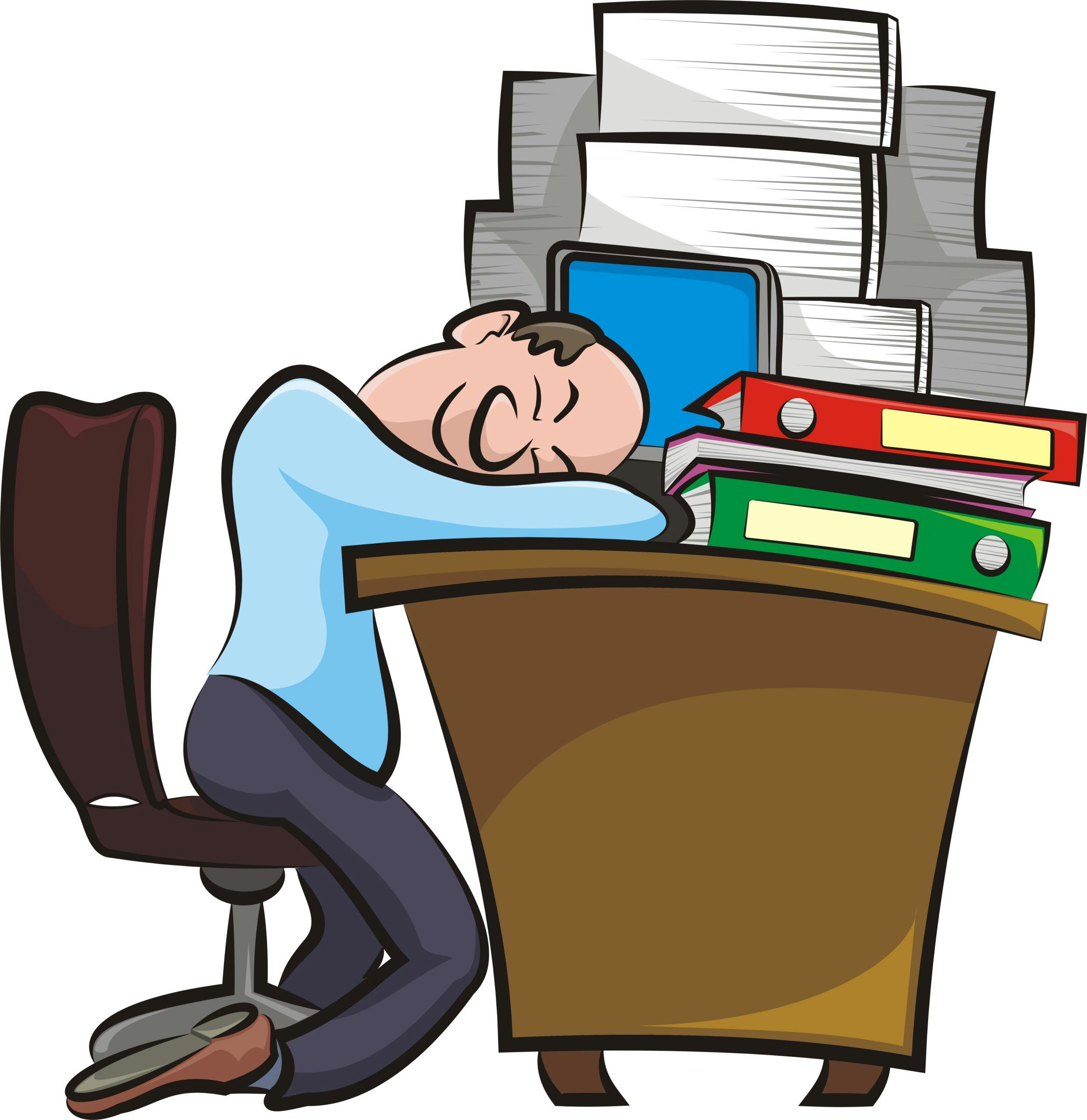In the age before laptops, email, and smartphones, employees typically didn’t bring work home with them except for a little paperwork.
Wow! Have times changed!
According to a recent survey by Neverfail, a software company specializing in data protection, 83 percent of professional workers say they check email after work. Two-thirds say they have taken a work-related device – such as a smartphone or laptop – with them on vacation. More than 50 percent report that they send emails during a meal with family or friends.
Facebook more addictive than alcohol
A bright spot in the survey: The number of users who admitted to emailing during a romantic moment has decreased from 11 percent in 2009 to a mere 2 percent in 2011!
A separate study released by researchers at the University of Chicago’s Booth School of Business found that most people consider Facebook, Twitter and email harder to resist than cigarettes and alcohol. In the study, 205 adults wore devices that recorded a total of 7,827 reports about their daily desires.
Desires for sleep and sex were strongest; desires for media and work proved most difficult to resist.
Hmm, should we really believe that last part?
Being a successful professional means showing dedication and being available at all hours of the day. But computers and mobile phones wreak havoc on concentration.
There’s no priority structure. Everything is urgent. Everything is red flagged.
Setting appropriate boundaries
The issue is not so much the work. The issue is: Do employees have control over their time? Can they set appropriate boundaries? If they don’t have autonomy and can’t set boundaries about when they can switch work off and on, it causes stress and eventually burnout.
Some employers are now attempting to help employees flip the “off” switch. After worrying about cutting staff during the recession, they’re focusing on keeping those who’re left from burning out.
While corporations care about the psychological well-being of their employees, they’re not totally altruistic. Evidence suggests that regular downtime leads to greater productivity.
Companies recognize that employees are their greatest resource. If people are drained and getting burned out, they’re not bringing their best selves to work every day.
It has a big effect on their creativity, energy, productivity and their ability to innovate. In other words — it’s about the bottom line.
How some companies are reacting
Here is what a few companies are doing to counteract burnout:
- Volkswagen, Europe’s biggest automaker, has deactivated emails on German staff BlackBerries during non-office hours. Staff at Volkswagen are limited to receiving emails on their devices only from half an hour before they start work until half an hour after they leave for the day, and are in blackout mode the rest of the time.
- Work conditions in banking came under scrutiny after a junior employee at Bank of America Merrill Lynch in London died from an epileptic seizure that was brought on by fatigue. The case prompted the bank to review work conditions —-and now hires junior employees as full employees rather than contractors.
- Quirky, a New York based startup, has instituted a “blackout” week once a quarter during which no one except customer service representatives is allowed to work. No one checks/sends email, including top management.
- Management at Deutsche Telekom has pledged to not expect workers to read email after business hours at certain points during the week.
- Lloyds Bank in the U.K. banned all employees from traveling during the third week of every month.
- Cleveland Clinic in Ohio has introduced a new alert, “Code Lavender,” for stress and burnout. It’s a “holistic care rapid response” serving medical staff in need of intensive emotional or spiritual support. Within 30 minutes of a call, the Clinic’s team of holistic nurses arrives at the unit in need to provide Reiki and massage, healthy snacks and water, and lavender arm bands to remind the nurse or physician to take it easy for the rest of the day.
Figuring out the saturation point
The fact is, we’re just starting the process of learning how to create boundaries that allow us to pay attention to the things that matter. Work and personal life are very much intertwined, and we have to figure out how they can coexist without stressing us out.
After all, there is a saturation point; there are only so many hours in the day.
Help me out — is it 24? 30? 35?
